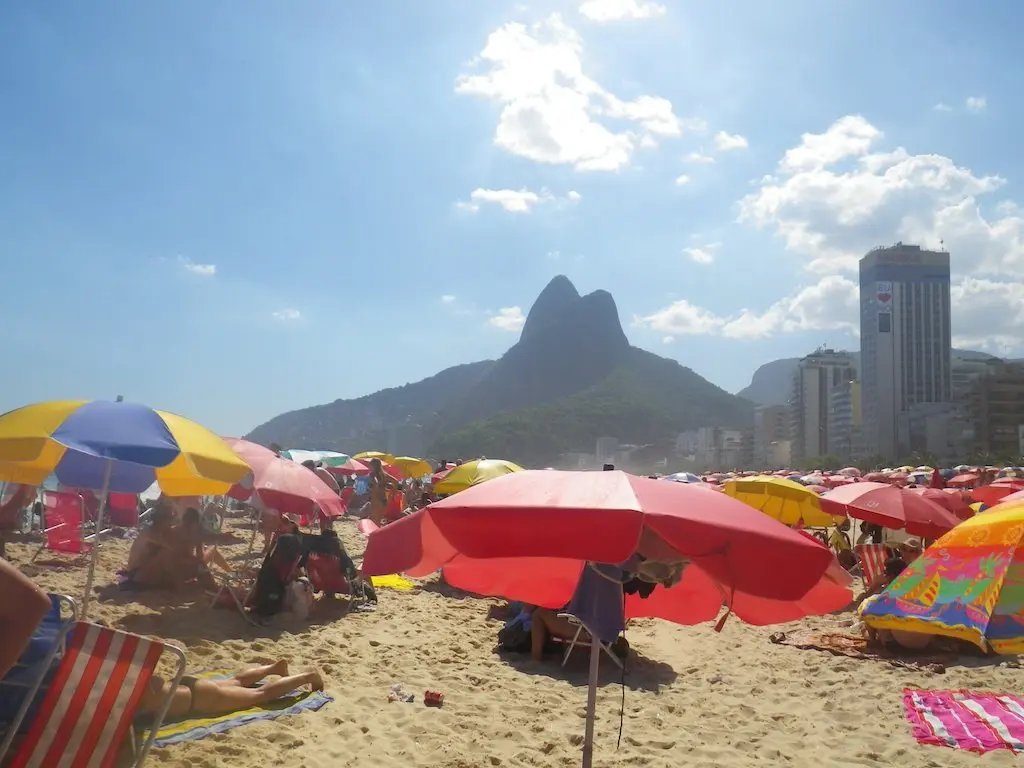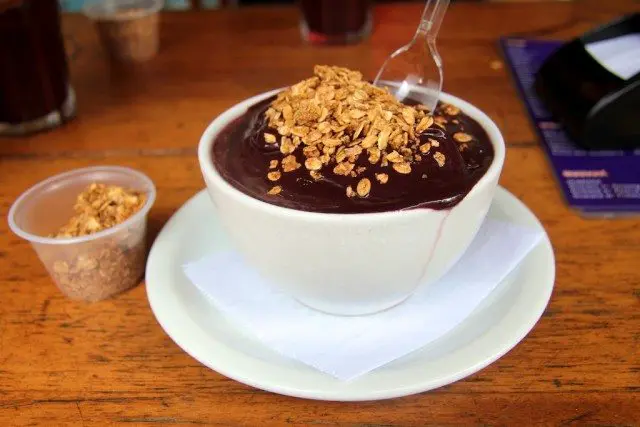Power Outlets In Brazil: What You Need To Know
I haven’t spoken to anyone else down here about this yet, but prior to my departure, I had a difficult time determining what sort of adapter and/or voltage converter (if any) I would need to bring with me to accommodate my electronics in Brazil.
It was frustrating not being able to 100% confirm what I would need, but now that I have experienced this problem firsthand, I can share the answer with you: You sometimes need an adapter for some things.
Simple, yeah?
The plug pictured above is the most accommodating I have found thus far; you can simply plug any* device from America in, and huzza! Instant functionality. But then you may ask, what is that extra hole on top for? Can I plug my device in upside-down? You know what? That is actually an excellent question. I will have to give it a try.

The answer is that the rounded holes, used together, accommodate another plug not used in the US. I won’t take the time to describe it because it really shouldn’t take much imagination to picture it.
More commonly, you will find a variation of the power outlet; it is a bitch to use with foreign plugs (you need an adapter that will convert two or three-prong plugs used in the US into the funky double-rod-plug that goes into the two vertical holes – yeah) because the plug does not fit due to the outlet being set into the wall (some are flush with the wall).
You also need to buy an extension adapter to access the plug in the first place. Exciting stuff, I know. Read a book or something.
*Disclaimer: all the facts in this post are based on real-life experience and/or made up; reference at your own risk.






